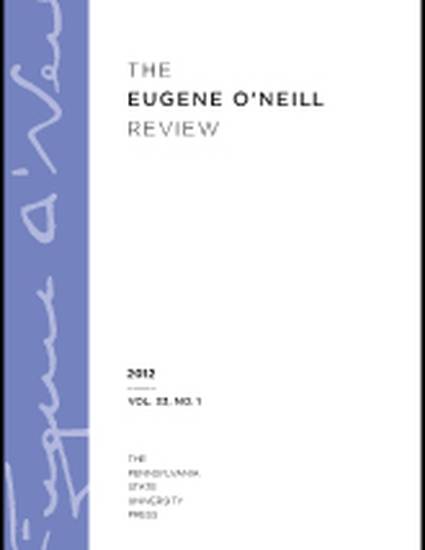
Article
Fear and Pity: the Dionysian Living Death
The Eugene O'Neill Review
(1999)
Abstract
Eugene O'Neill's interest in the classical drama is legion, as is his determination to provide us with a drama which tries to find the modern equivalents to the Greeks sense of fate, the connection between humanity and the divine. According to Egil Törnqvist, O'Neill's work reflects his effort to convey the presence of the supernatural in contemporary human life. He uses, says Törnqvist, a "super-naturalistic" technique to convey to his audience forces running beneath the surface of the characters. His work also reveals a "preference for parallelisms and significant recurrences"--of lines, scenes, costumes, characters, settings, properties, and lighting and sound effects. Recurring in new contexts, they suggest, beneath the change in appearance, the eternally unchanging patterns of a universe governed beyond our comprehension. In mankind, too, there is a "basic sameness" which O'Neill constantly strives to reveal.
Keywords
- Dionysian rite,
- Eugene O'Neill,
- Egil Törnqvist
Disciplines
Publication Date
1999
Publisher Statement
“O’Neill’s Fear and Pity: the Dionysian Living Death,” Eugene O’Neill Review 23:1 & 2 (Spring/Fall1999 [actually published in 2001]), 141-149. Also published online at www.eoneill.com. http://www.eoneill.com/library/essays/larner2.htm
Citation Information
Daniel Larner. "Fear and Pity: the Dionysian Living Death" The Eugene O'Neill Review Vol. 23 Iss. 1 & 2 (1999) Available at: http://works.bepress.com/daniel_larner/23/
